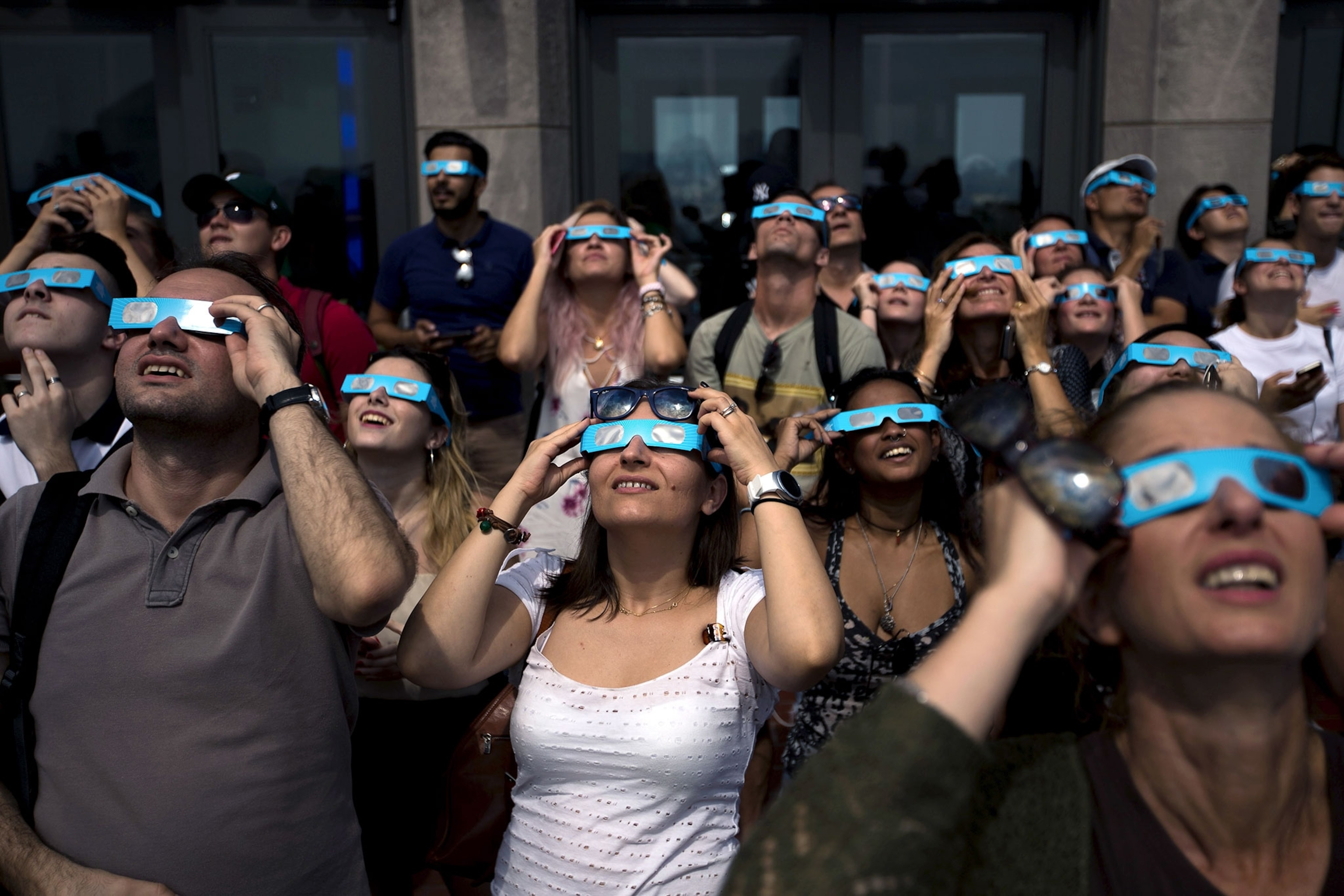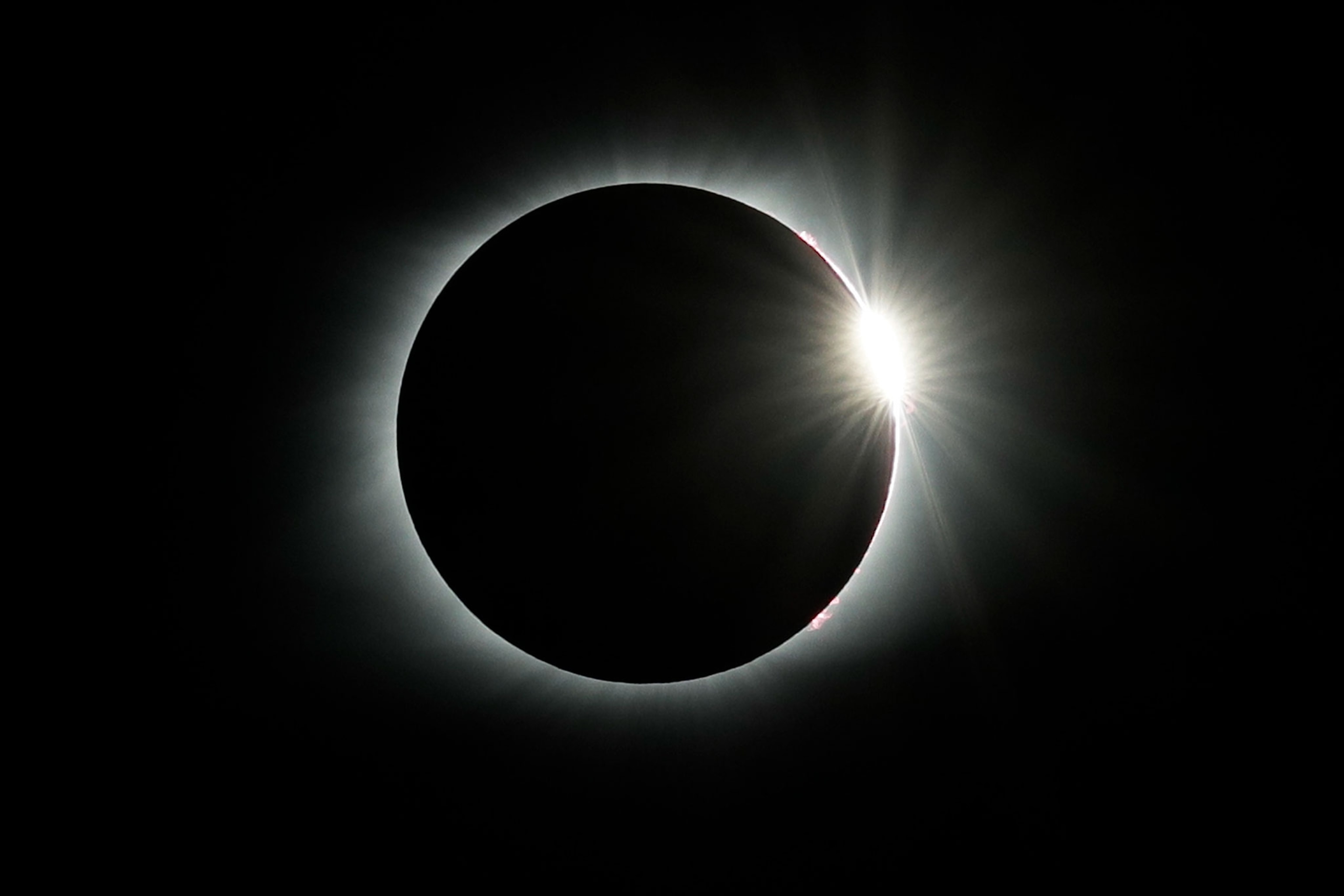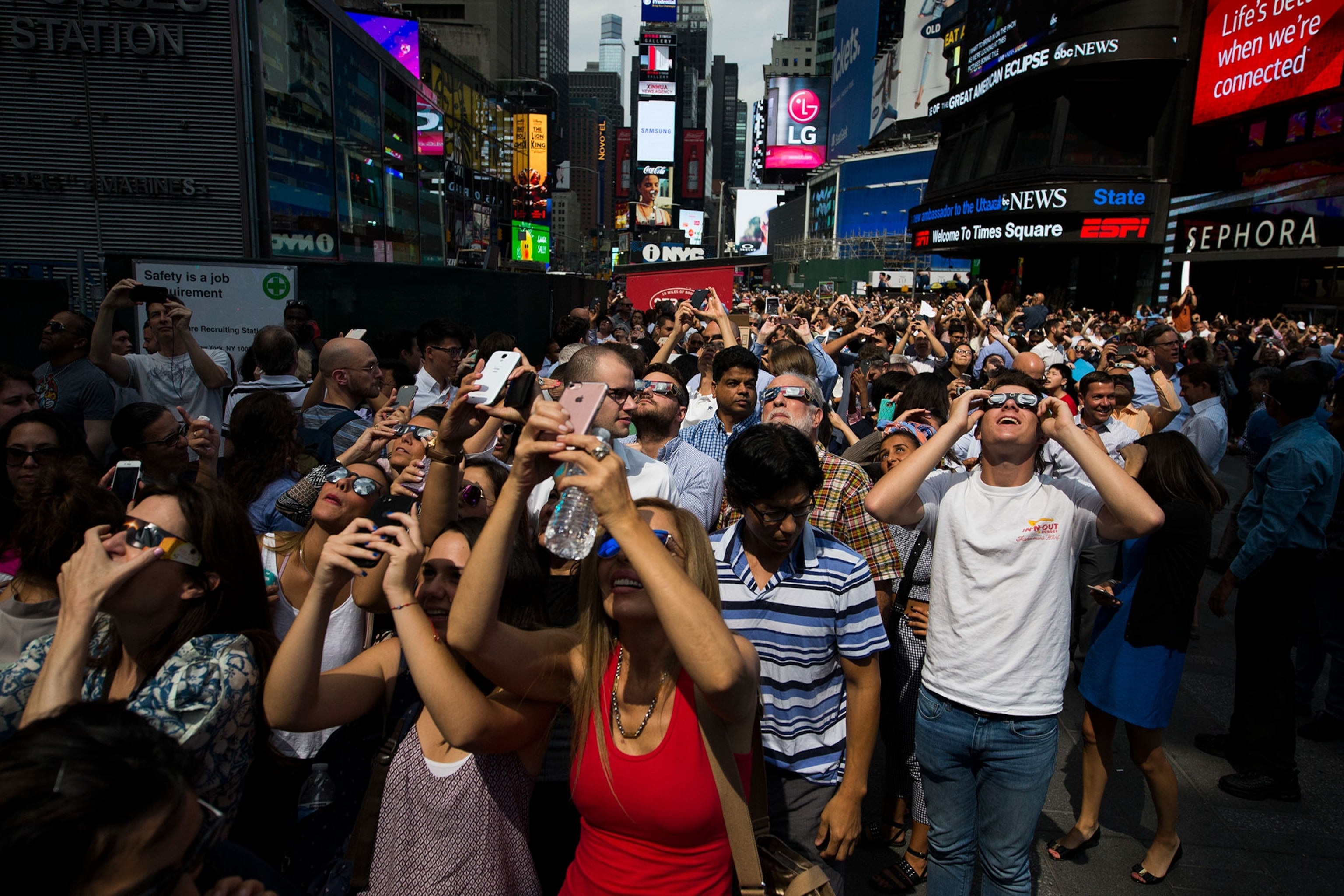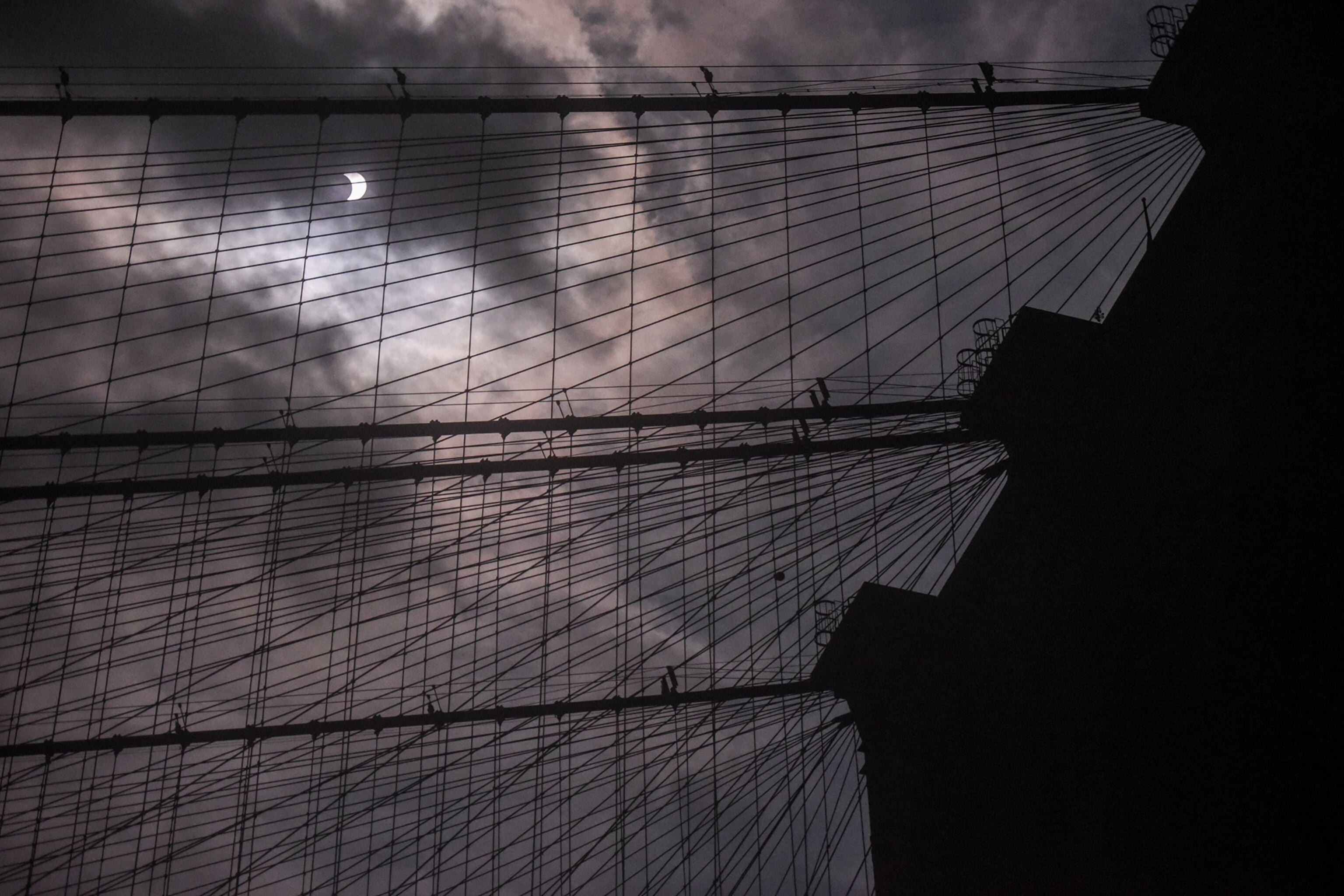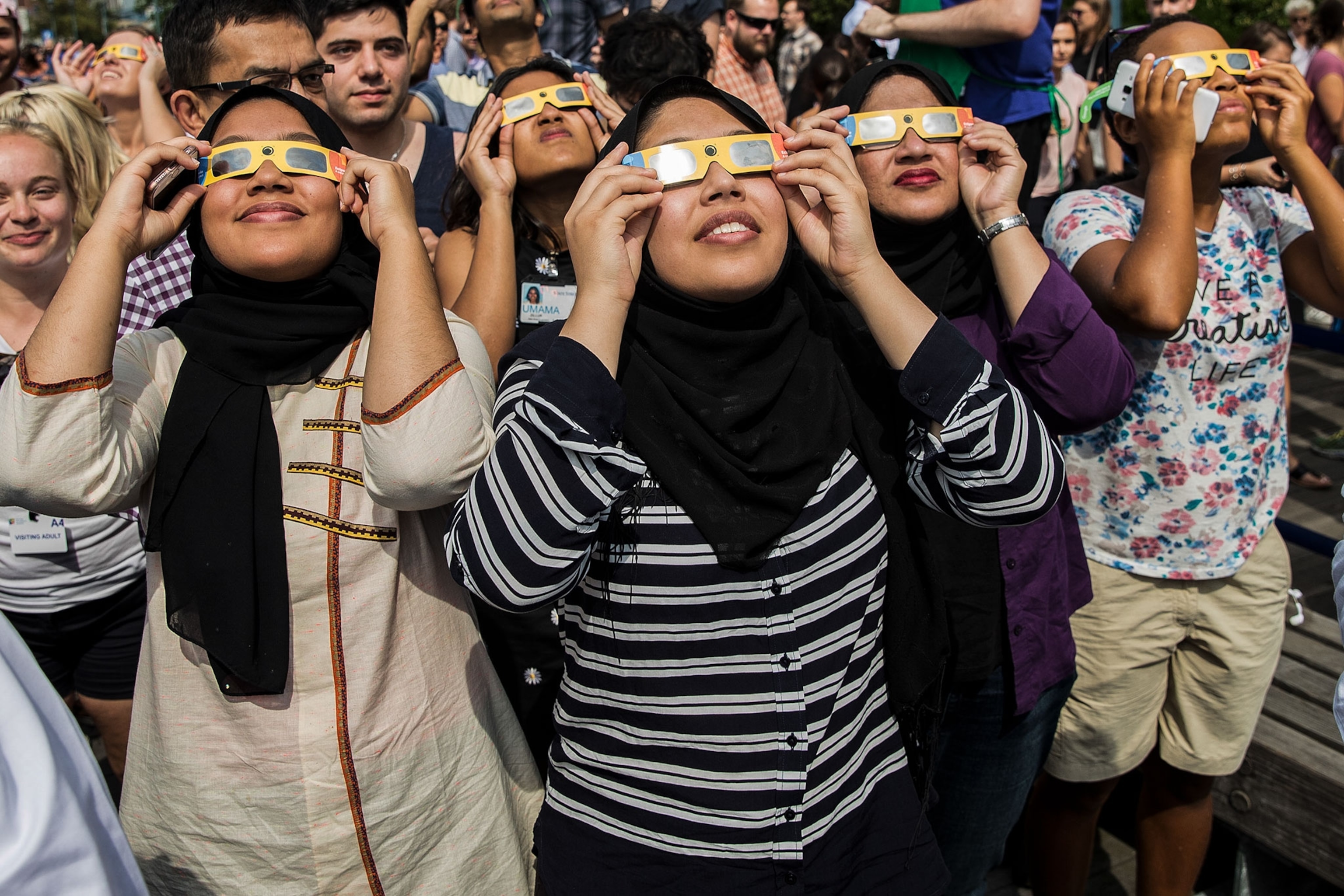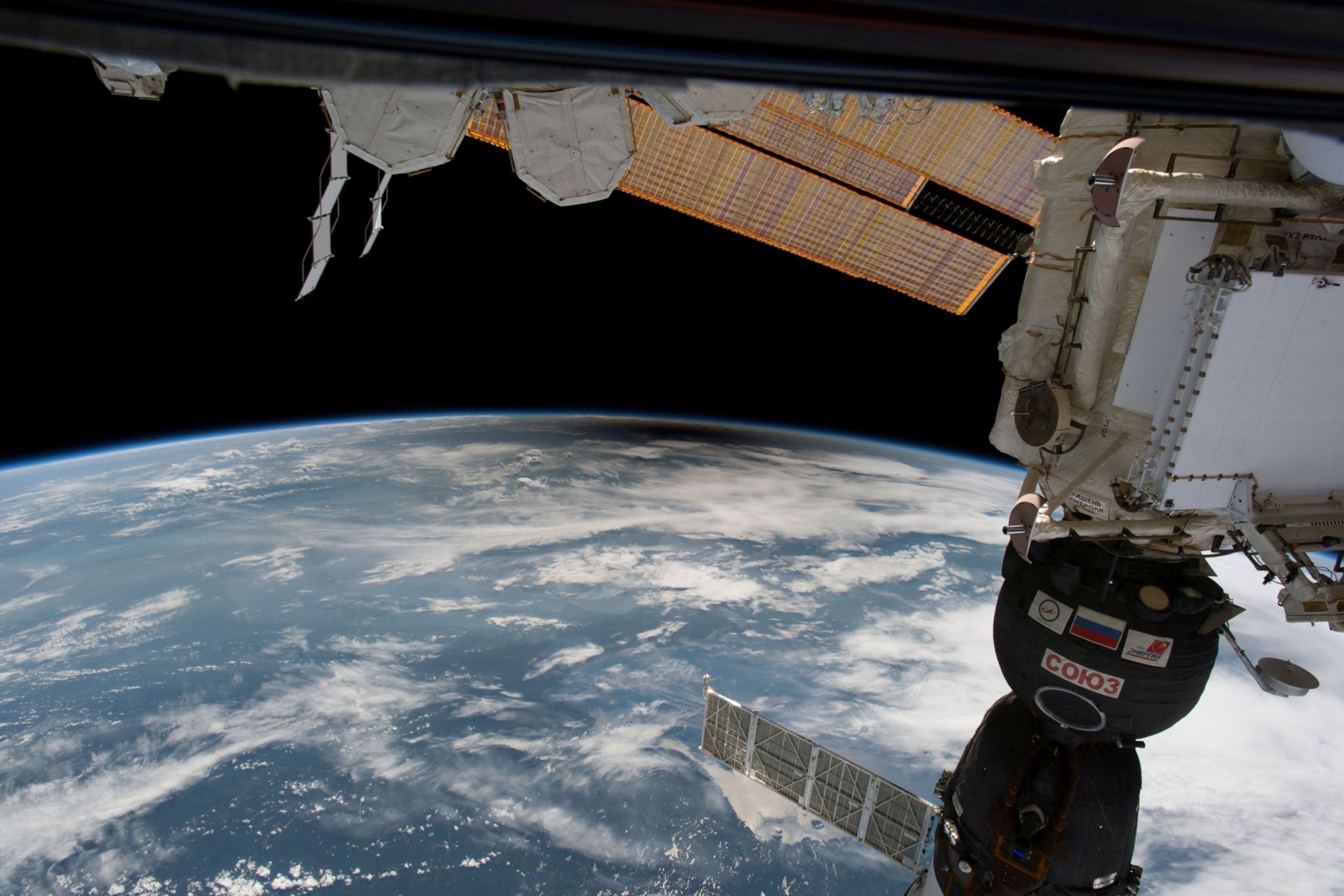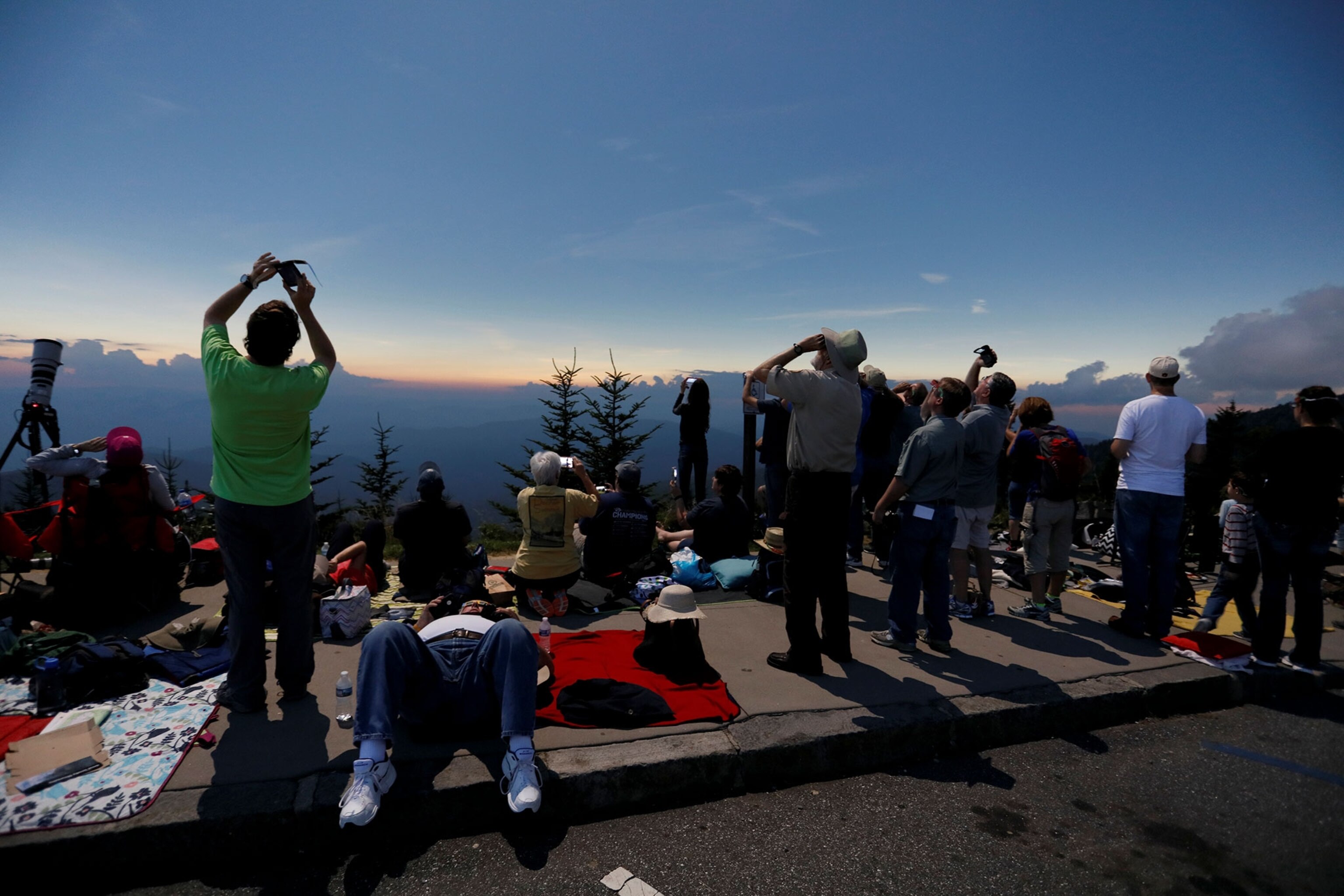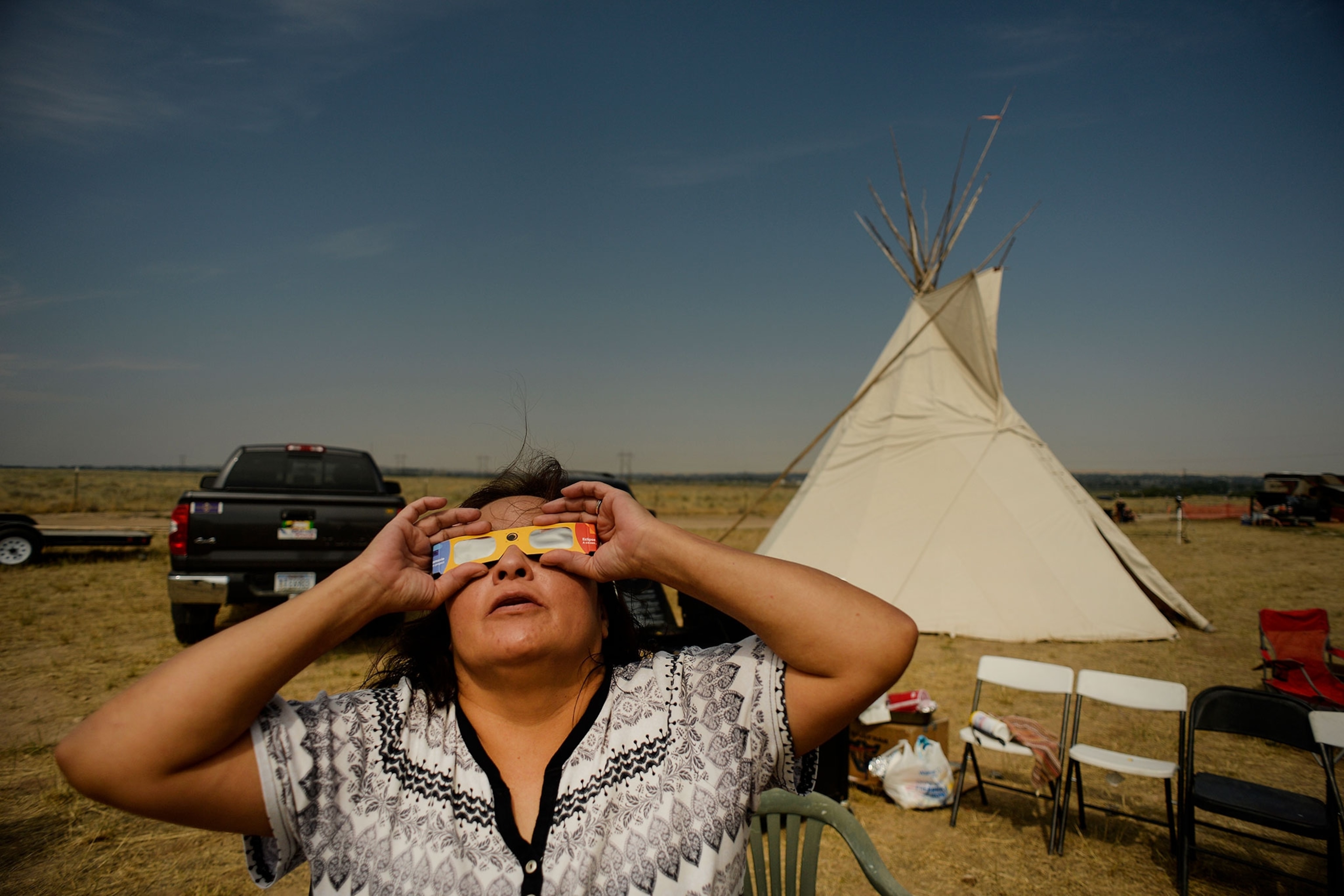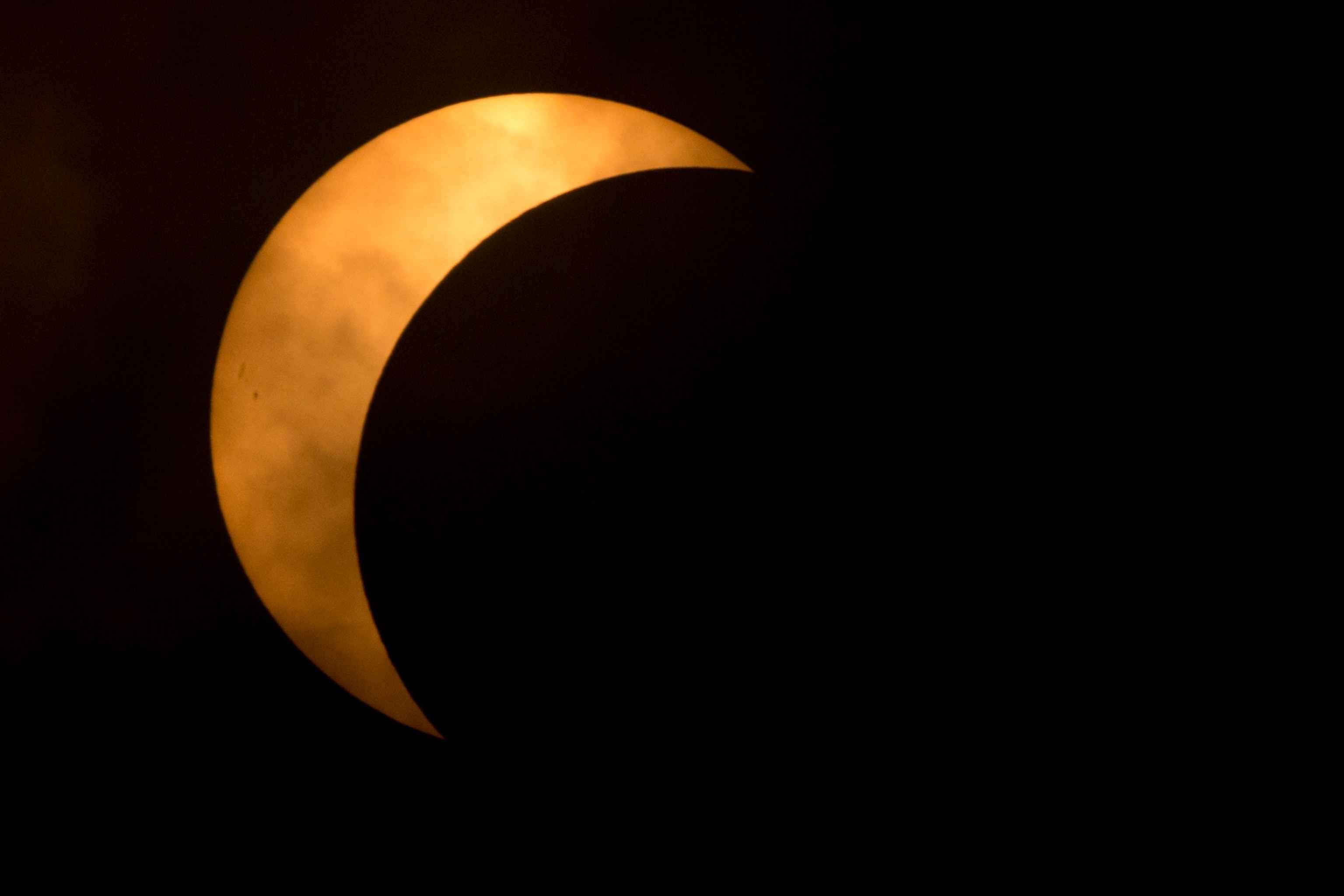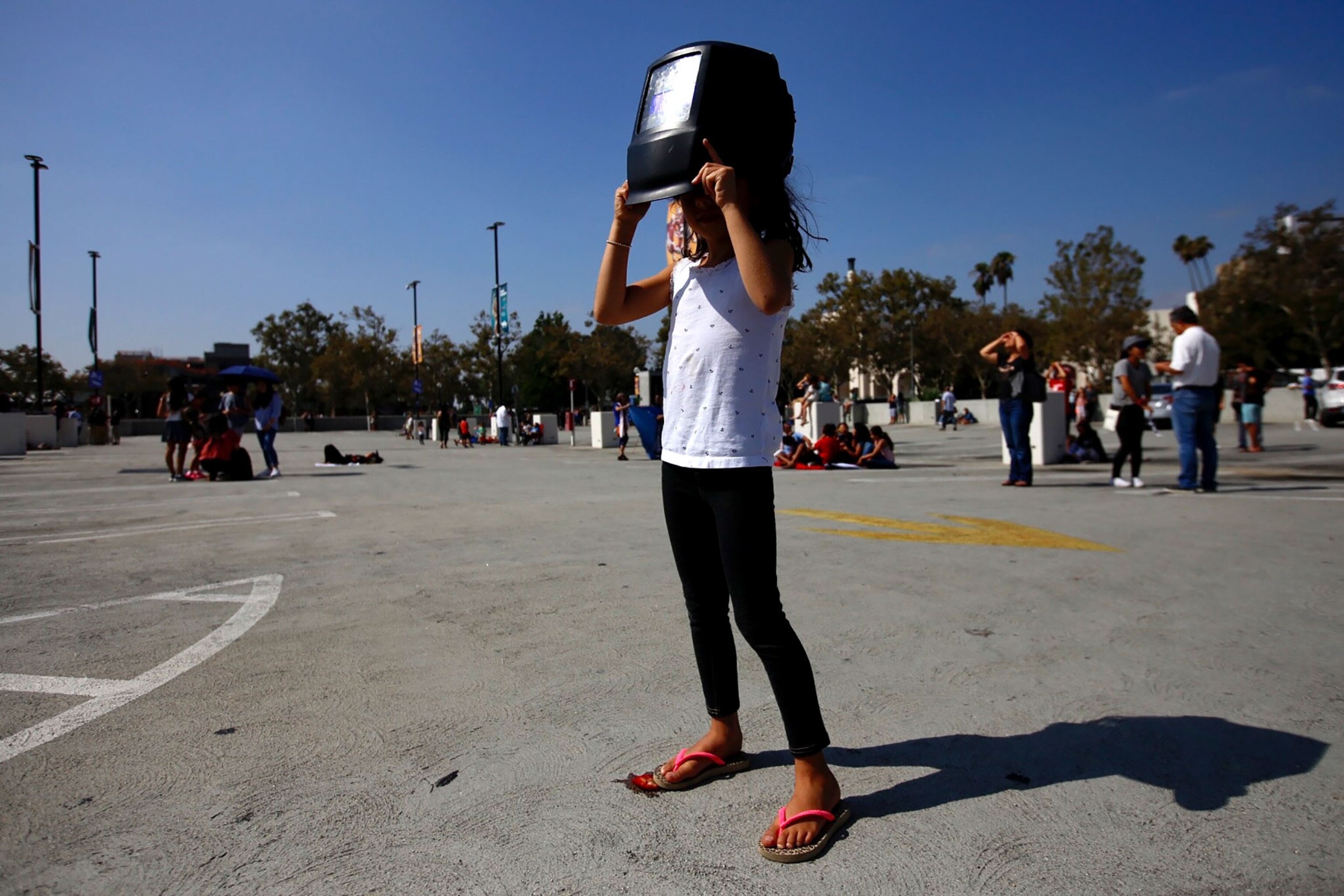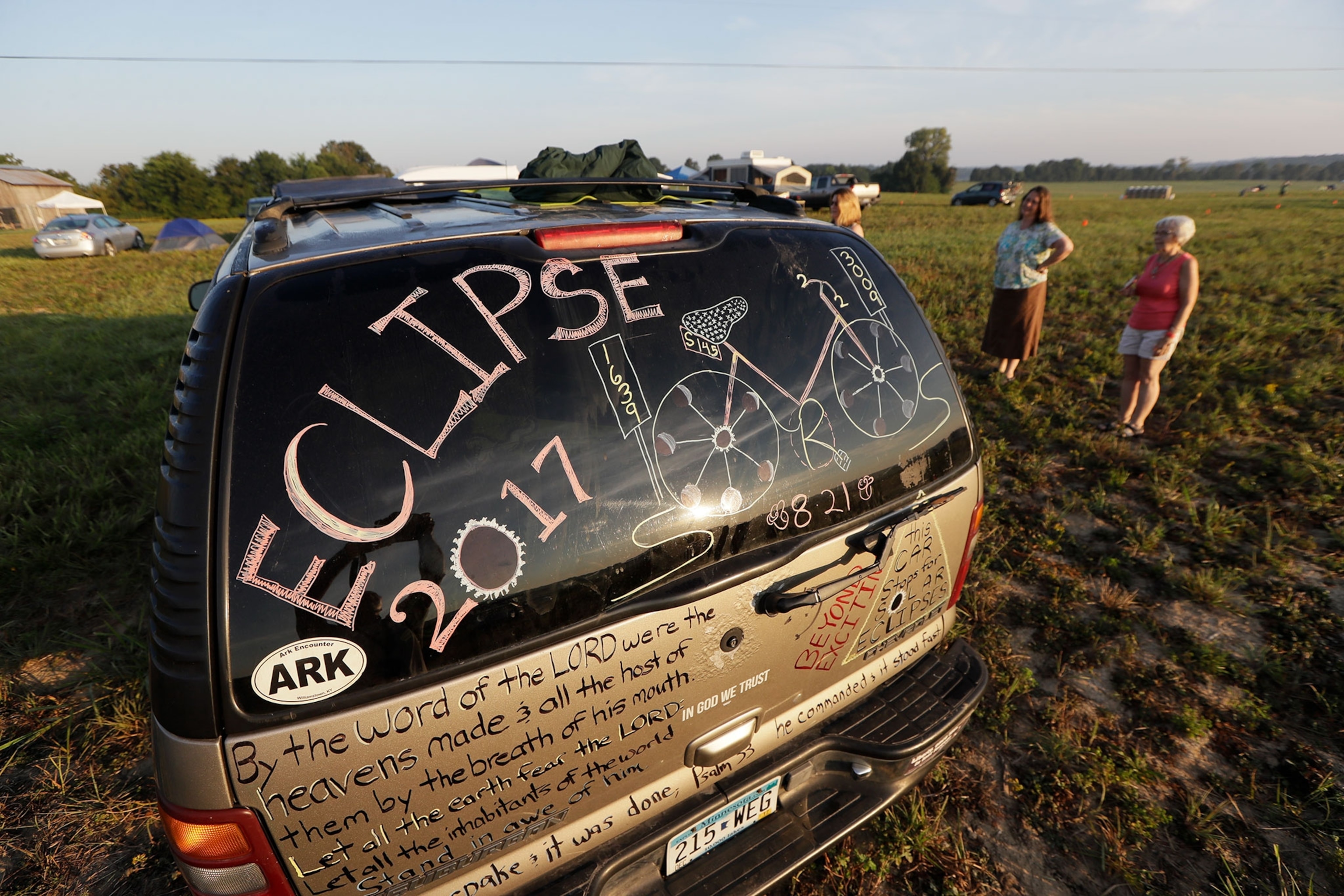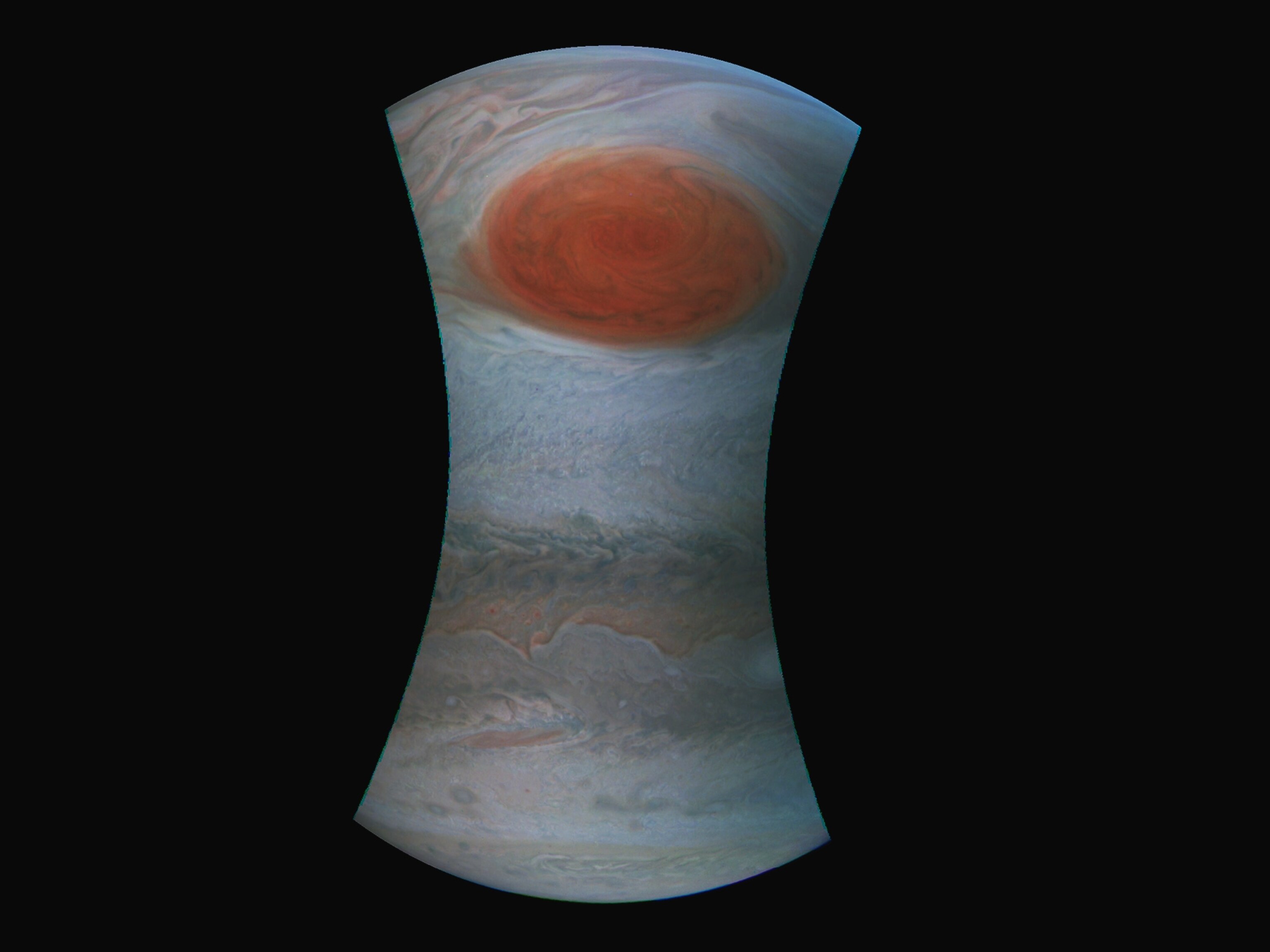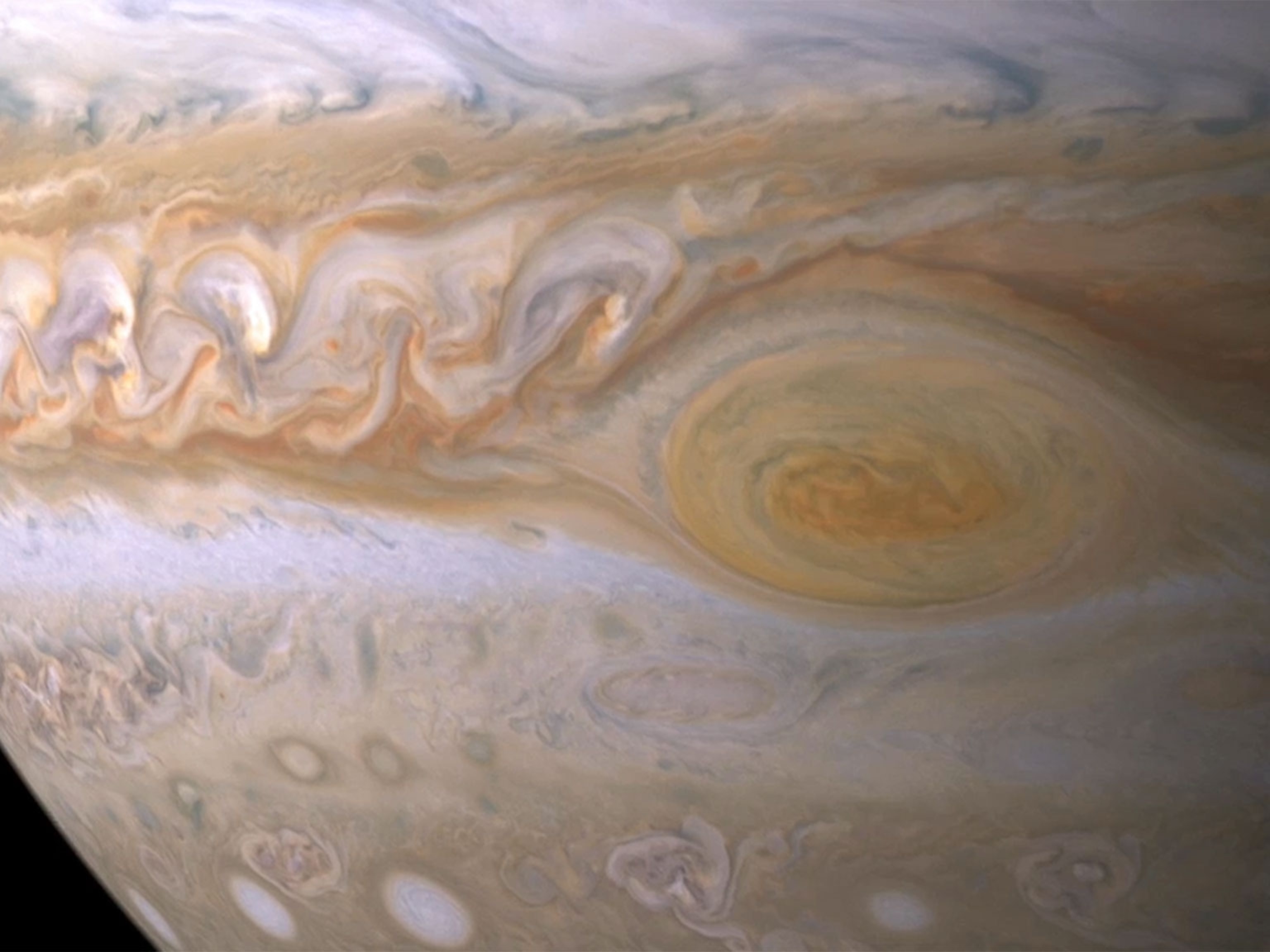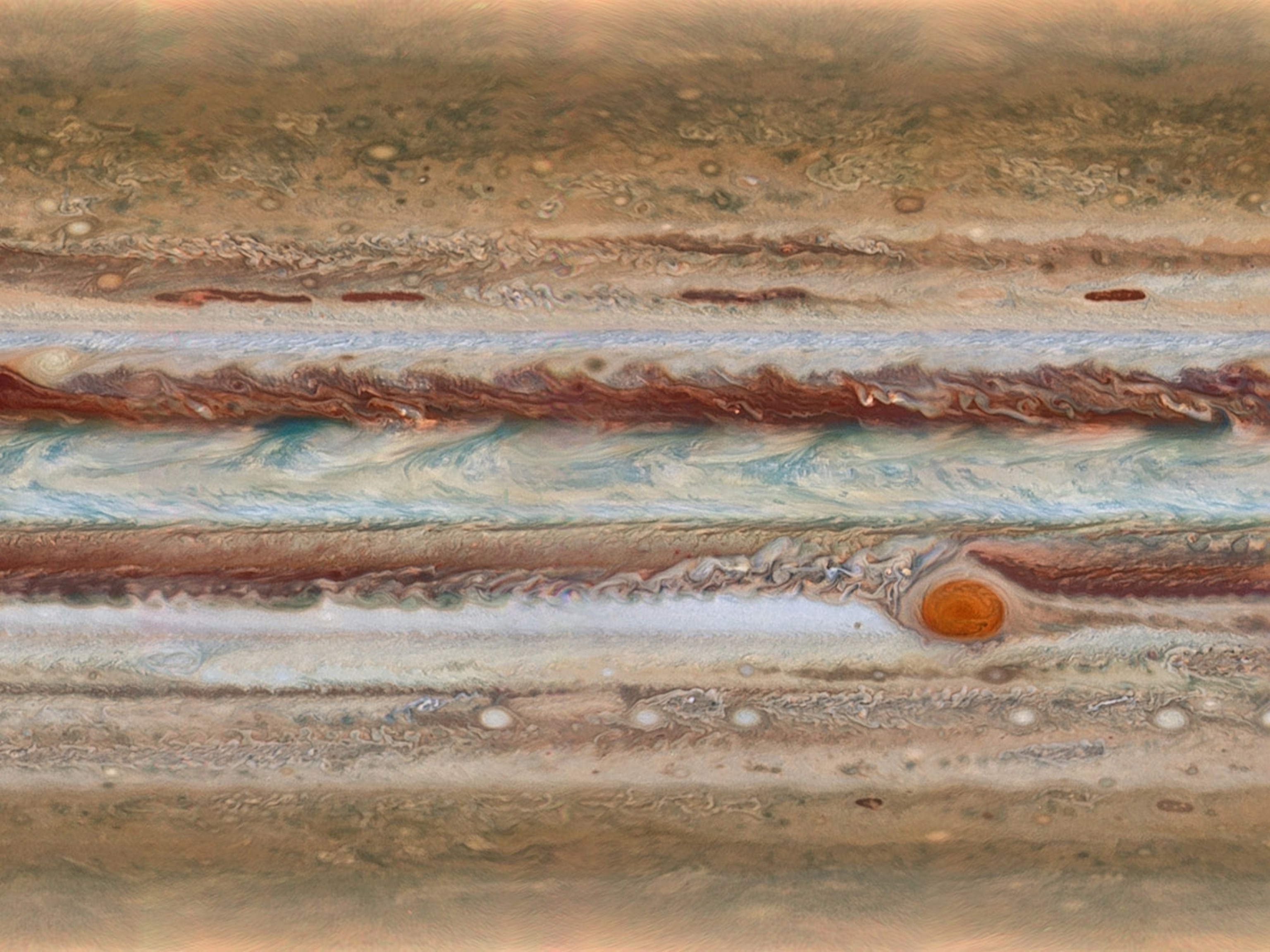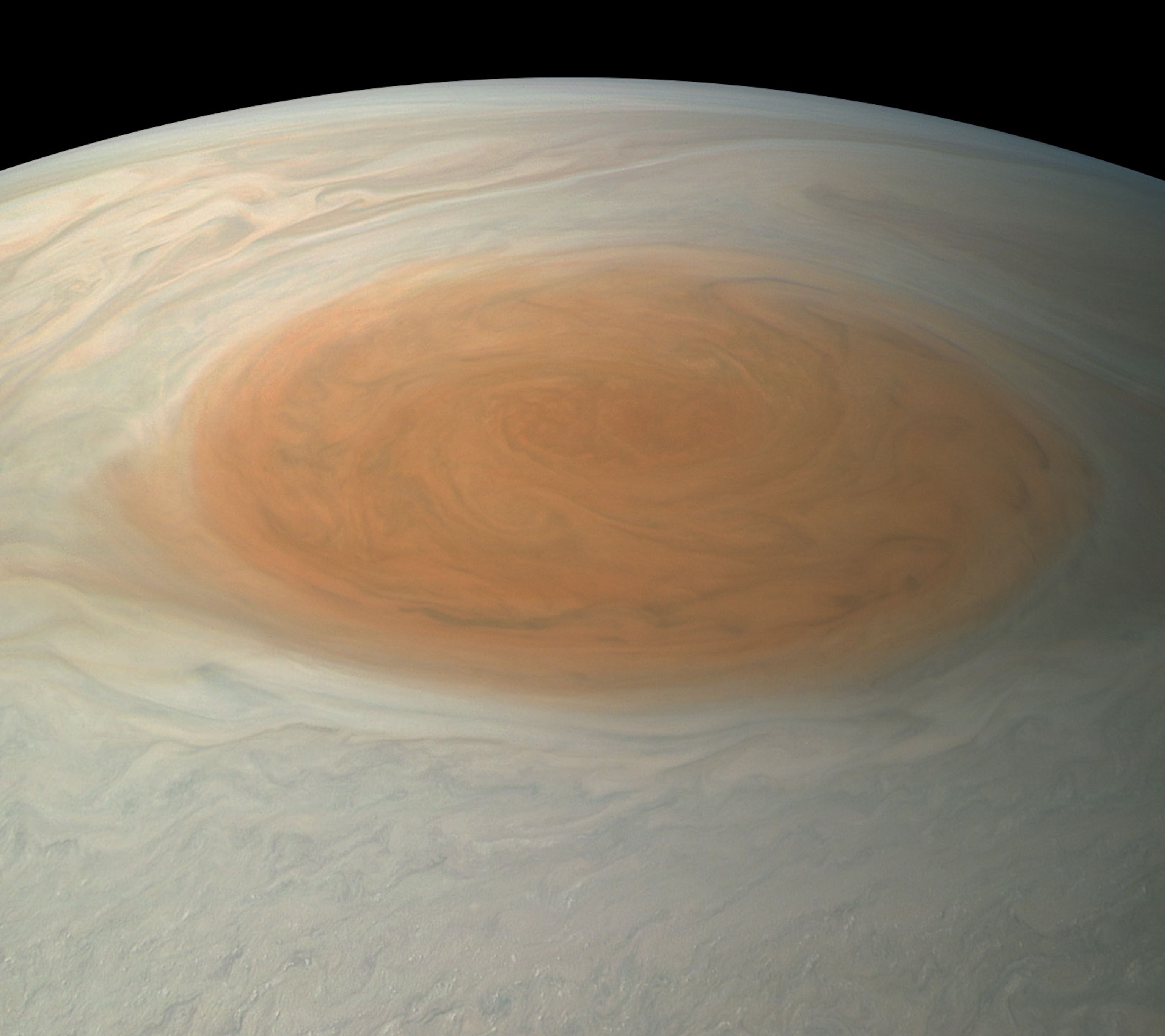
Jupiter’s Great Red Spot May Soon Disappear...
...or it may not. Scientists aren’t quite sure what will happen to the shrinking mega-storm.
Aside from its size, the planet Jupiter is perhaps best known for the roiling vermilion tempest that swirls south of its equator. The storm, which is big enough to comfortably swallow Earth, is appropriately (if not creatively) known as Jupiter’s Great Red Spot.
The Great Red Spot has been a fixture of Jupiter’s cloudy visage for centuries and is among the most recognizable features in the solar system. But it won’t always be there. In fact, the Great Red Spot is shrinking, and recently, news stories reported that it could vanish within the next 10 or 20 years.
Wait—is that true? Let’s find out.
So, Jupiter. Big storm there, eh?
Yep. The Great Red Spot is in fact a gigantic storm. It used to measure several Earths across, it stretches deep into the planet’s atmosphere, and it somehow superheats the air above it to temperatures hotter than lava.
How long has it been there?
It’s unclear. But we do know that it’s been visible since at least the early 1800s, and is perhaps the same storm people spotted in the 1600s. At a minimum, it’s in the neighborhood of 200 years old.
How come it’s still around? Storms on Earth don’t last near as long.
It’s true: While some storms stick around for a while on other planets, storms on Earth generally tend to be mercifully short. Neptune (which is stormy in general) had a similarly large, obvious spot darkening its face for a couple of years around the time the Voyager 2 spacecraft flew by in 1989 (it was gone when the Hubble Space Telescope took a look in 1994). And Saturn grew a storm so tremendously large that it completely wrapped around the planet and smashed into itself. That one only hung around for about a year, though.
Scientists aren’t exactly sure what’s fueling Jupiter’s massive, persistent storm (this is an area of active research), but they suspect that its position between two jet streams may be helping stabilize and prolong its existence.
But it’s shrinking.
Yes.
Since when?
Since as long as we’ve been observing it. Older observations, from the late 1800s, suggest the storm once spanned more than 30 degrees in longitude and was more of a “Great Red Sausage,” says Glenn Orton of NASA’s Jet Propulsion Laboratory. But the storm’s shape is changing, most significantly in width, and as time marches on it’s becoming less oval and more circular.
Way back when, the storm stretched more than 25,000 miles across. When the Voyager spacecraft flew by in the 1970s, scientists estimated that the Spot was just 14,500 miles wide. In 2014, a Hubble Space Telescope observation put the Spot at just 10,250 miles across, and by last spring, it spanned just 10,140 miles.
So when will it disappear entirely?
Truth is, scientists have no idea. But if you measure the rate at which the Great Red Spot has been shrinking, and extrapolate linearly from that, it looks like the spot will vanish completely in about 70 years, says Amy Simon of NASA’s Goddard Space Flight Center.
Problem is, “we know for certain it doesn’t work like that at all,” she says.
So what’s the deal with this 10 to 20 year timeframe?
That’s the approximate time at which the storm—if it continues shrinking at its current rate—will become roughly circular. And that shape, Orton says, is much less stable than its current, vaguely oval configuration.
“It’s unlikely that the GRS will be stable if it’s ‘narrower’ than it is ‘tall,’ although another opinion is that it might stabilize in a circular form,” Orton says.
So, once it reaches circularity, it’s anyone’s guess what happens next. The storm could equilibrate and continue sticking around, or it could dissipate. “I’m unaware of any theoretical models for the Great Red Spot dynamics in this state,” Orton says. “This is all guesswork, so it puts future observers on notice to see what’s going to happen to this unique vortex.”
Simon says that the storm’s fate depends on what’s powering it, and whether further changes are happening slowly or quickly.
“Slow changes allow for the storm to adjust in various ways, while sudden changes would more likely cause disruption,” she says. “Based on the current info we have, I would guess if it were to stabilize it will likely happen in the next decade or less.”
So we don’t really know when the Great Red Spot will disappear….?
Nope. But it is changing, and obviously so.

